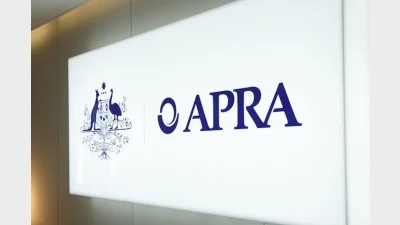Super confirmed as attractive investment destination



The latest Australian Prudential Regulation Authority (APRA) data has confirmed that superannuation continues to represent a solid investment option.
The March quarter superannuation performance data, released this week, revealed that the annual industry-wide rate of return (ROR) for entities with more than four members for the year ending March 2017 was 10.5 per cent.
Perhaps more importantly, the APRA data said the five year average annualised ROR to March 2017 was 8.6 per cent.
This came with confirmation that total superannuation assets totalled $2.3 trillion at the end of the March 2017 quarter, representing an 11.2 per cent increase over the same period last year.
The data also confirmed the MySuper’s impact on the default regime, with assets in MySuper products totalling $555 billion at the end of the March 2017 quarter and that over the 12 months from March 2016 there had been a 22.6 per cent increase in total assets in MySuper products, and a 77 per cent decrease in total assets in accrued default amounts to $10 billion.
Where asset allocation was concerned, the data showed total assets increased by 2.4 per cent (or $36.5 billion) to $1.5 trillion with 50.2 per cent of the $1.5 trillion investments invested in equities of which 23.6 per cent was in Australian listed equities, 22.6 per cent in international listed equities, and 4.1 per cent in unlisted equities.
The APRA data showed fixed income and cash investments accounted for 32.6 per cent of investments; 20.6 per cent in fixed income and 12.1 per cent in cash, while property and
infrastructure accounted for 13.3 per cent of investments, and 3.8 per cent were invested in other assets, including hedge funds and commodities.
Recommended for you
The super fund has launched Retirement Manager, a digital advice tool helping members plan income, spending, and retirement confidence with integrated support.
APRA has warned retail super trustees that financial adviser involvement in recommending platform products does not diminish their obligations, as regulators turned the spotlight on the Shield Master Fund and First Guardian Master Fund during a meeting with fund CEOs.
AMP’s chief economist has unveiled a wish list for the Australian government’s Economic Reform Roundtable.
Australian retirees could increase their projected annual incomes between 3 and 51 per cent by incorporating personal and household data into their retirement income strategies, according to new research.









